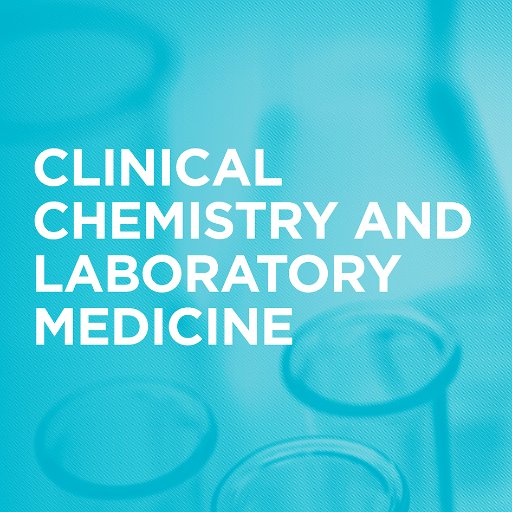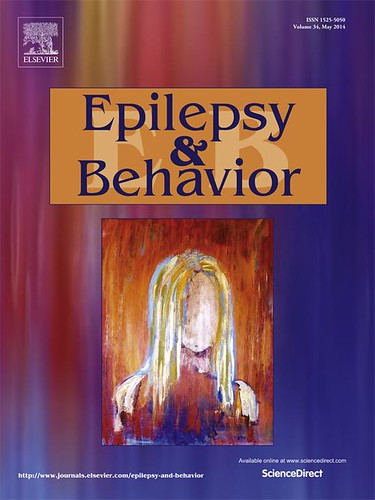
“Amyotrophic lateral sclerosis (ALS) is the most common degenerative disease of the motor neuron system. Over the last years, a growing interest was aimed to discovery new innovative and safer therapeutic approaches in the ALS treatment. In this context, the bioactive compounds of Cannabis sativa have shown antioxidant, anti-inflammatory and neuroprotective effects in preclinical models of central nervous system disease. However, most of the studies proving the ability of cannabinoids in delay disease progression and prolong survival in ALS were performed in animal model, whereas the few clinical trials that investigated cannabinoids-based medicines were focused only on the alleviation of ALS-related symptoms, not on the control of disease progression. The aim of this report was to provide a short but important overview of evidences that are useful to better characterize the efficacy as well as the molecular pathways modulated by cannabinoids.” https://www.ncbi.nlm.nih.gov/pubmed/28197175
“The endocannabinoid system in amyotrophic lateral sclerosis. There is increasing evidence that cannabinoids and manipulation of the endocannabinoid system may have therapeutic value in ALS. Cannabinoids exert anti-glutamatergic and anti-inflammatory actions through activation of the CB(1) and CB(2) receptors. The ability of cannabinoids to target multiple neurotoxic pathways in different cell populations may increase their therapeutic potential in the treatment of ALS.” http://www.ncbi.nlm.nih.gov/pubmed/18781981
“Abnormal sensitivity of cannabinoid CB1 receptors in the striatum of mice with experimental amyotrophic lateral sclerosis (ALS). Our data suggest that cannabinoid CB1 receptors might be potential therapeutic targets for this dramatic disease.” http://www.ncbi.nlm.nih.gov/pubmed/19452308
“Cannabinoid CB2 receptor selective compound, delays disease progression in a mouse model of amyotrophic lateral sclerosis. Cannabinoid CB2 receptor-selective compounds may be the basis for developing new drugs for the treatment of ALS and other chronic neurodegenerative diseases.” http://www.ncbi.nlm.nih.gov/pubmed/16781706
“Amyotrophic lateral sclerosis: delayed disease progression in mice by treatment with a cannabinoid. The cannabinoid receptor system has the potential to reduce both excitotoxic and oxidative cell damage. Here we report that treatment with Delta(9)-tetrahydrocannabinol (Delta(9)-THC) was effective. As Delta(9)-THC is well tolerated, it and other cannabinoids may prove to be novel therapeutic targets for the treatment of ALS.” http://www.ncbi.nlm.nih.gov/pubmed/15204022
“Δ9-Tetrahydrocannabinol (Δ9-THC) is the main psychoactive constituent in the plant Cannabis sativa (marijuana) and produces its effects by activation of cannabinoid receptor 1 (CB1) and cannabinoid receptor 2 (CB2) cannabinoid receptors. Administration of the non-selective partial cannabinoid agonists Δ9-THC or cannabinol are successful in delaying motor impairment and prolonging survival in mice after the onset of symptoms. Collectively, these studies suggest that cannabinoid receptors might serve as novel therapeutic targets for ALS drug development. CB2 agonists may slow motor neuron degeneration and preserve motor function, and represent a novel therapeutic modality for treatment of ALS.” http://www.ncbi.nlm.nih.gov/pmc/articles/PMC2819701/
“Cannabinoids exert neuroprotective and symptomatic effects in amyotrophic lateral sclerosis (ALS)” http://www.ncbi.nlm.nih.gov/pubmed/22594565
“Therapeutic options for amyotrophic lateral sclerosis (ALS) remain limited. Evidence suggests that cannabinoids, the bioactive ingredients of marijuana (Cannabis sativa) might have some therapeutic benefit in this disease. We found that this treatment significantly delays disease onset. Cannabinoids might be useful in ameliorating symptoms in ALS.” http://www.ncbi.nlm.nih.gov/pubmed/16183560
“Marijuana is a substance with many properties that may be applicable to the management of amyotrophic lateral sclerosis (ALS). These include analgesia, muscle relaxation, bronchodilation, saliva reduction, appetite stimulation, and sleep induction. In addition, marijuana has now been shown to have strong antioxidative and neuroprotective effects. Marijuana should be considered in the pharmacological management of ALS.” http://www.ncbi.nlm.nih.gov/pubmed/11467101
“Ideally, a multidrug regimen would be required to comprehensively address the known pathophysiology of ALS. REMARKABLY, cannabis appears to have activity in all of those areas. Cannabis has powerful antioxidative, anti-inflammatory, and neuroprotective effects. Cannabis might significantly slow the progression of ALS, potentially extending life expectancy and substantially reducing the overall burden of the disease.” http://www.ncbi.nlm.nih.gov/pubmed/20439484
“In light of the above findings, there is a valid rationale to propose the use of cannabinoid compounds in the pharmacological management of ALS patients. Cannabinoids indeed are able to delay ALS progression and prolong survival.” https://www.ncbi.nlm.nih.gov/pmc/articles/PMC5270417/
http://www.thctotalhealthcare.com/category/amyotrophic-lateral-sclerosis-als-lou-gehrigs-disease/










